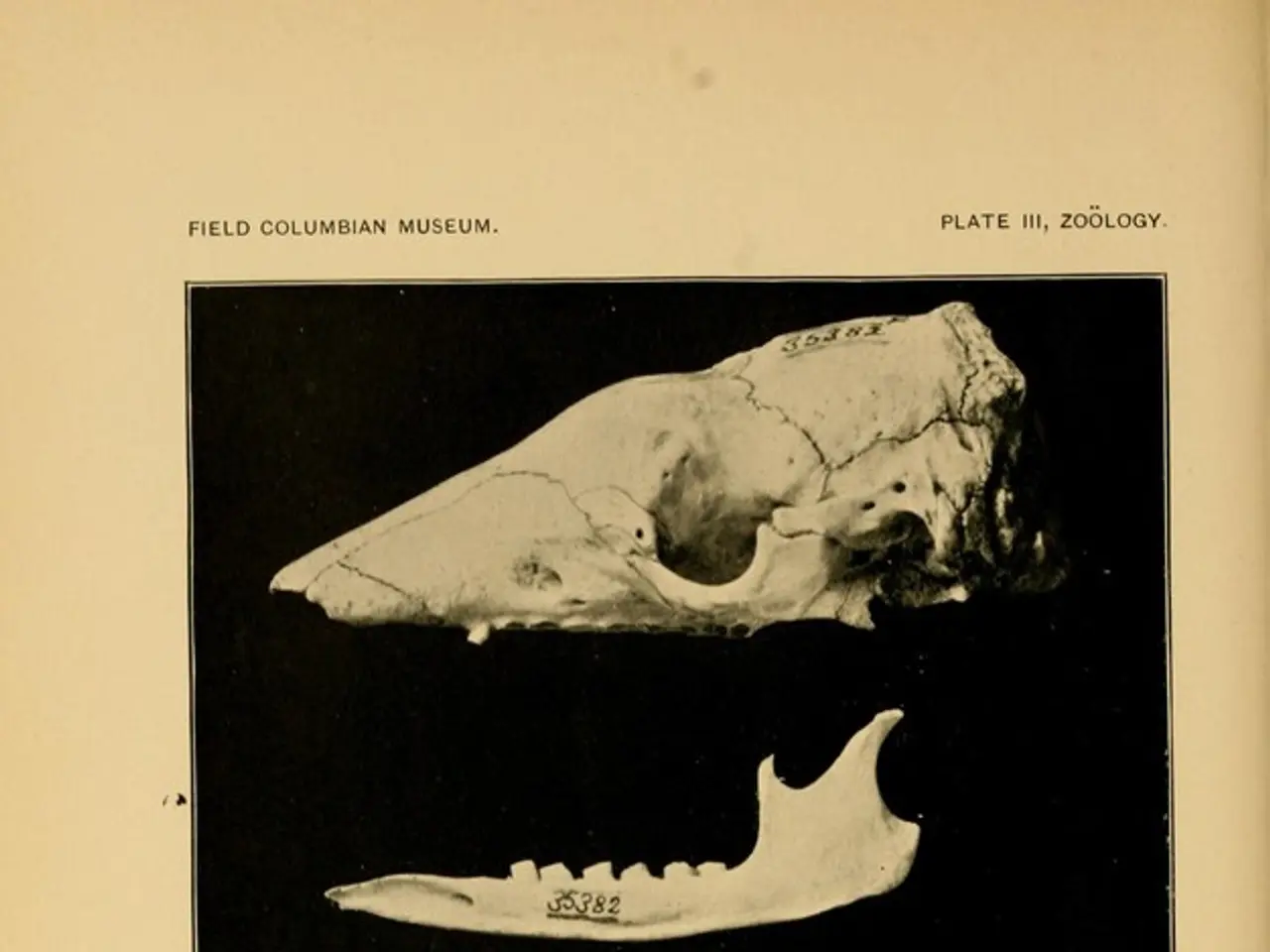Implant Stability: The Significant Role of Bone Grafts in Dental Implants
Bone grafting is a crucial surgical procedure that plays a significant role in improving long-term oral health. This technique is particularly important for patients who have experienced significant bone loss, whether due to prolonged tooth absence or other factors.
The primary purpose of bone grafting is to rebuild or enhance the jawbone in areas where bone loss has occurred. By restoring bone volume and density, it creates an optimal environment for osseointegration, a process where a dental implant fuses with the jawbone to form a strong, stable anchor.
Bone grafting offers several benefits. It reduces the risk of future bone loss, gum disease, and implant failure. It also preserves facial structure by preventing the sunken appearance associated with jawbone loss and supports gum aesthetics by maintaining natural contours of soft tissue around implants.
Moreover, bone grafting provides aesthetic advantages by preserving facial contours and gum lines for a natural appearance. It protects adjacent teeth by preventing neighboring teeth from shifting into gaps created by missing teeth. Dental implants, with their functional and aesthetic benefits, including restoring chewing efficiency and preventing bone loss, are often the final step in the process.
There are several types of graft materials commonly used in dental procedures, including autografts, allografts, xenografts, and synthetic grafts. The choice of graft type depends on the patient's individual bone structure, medical history, and treatment goals.
After the bone grafting procedure, which involves a comprehensive dental assessment, imaging techniques, graft placement, healing and integration, and implant placement, it's essential to follow a few post-operative guidelines. Dietary recommendations, typically soft foods for the first few days, should be followed. Maintaining gentle oral hygiene around the surgical site is crucial for successful graft integration.
Attending follow-up appointments to monitor bone development and overall healing is important for bone graft success. Professional supervision throughout the bone grafting and implant placement process significantly enhances the likelihood of a successful outcome.
It's also important to note that smoking should be avoided as it can impair healing after bone grafting. In case of unexpected pain or complications, contacting an emergency dentist ensures prompt intervention and protects both the graft and the implant.
For those in Cardiff seeking specialized dental practices for bone grafts and implants, suitable sources include local dental association directories, hospital dental departments, and specialist implantologists’ websites or clinics specializing in osseointegration and implant procedures.
In conclusion, bone grafting is a vital procedure that contributes significantly to the success of dental implants. By understanding the process, benefits, and post-operative care, patients can make informed decisions about their oral health and smile restoration.
Read also:
- Inadequate supply of accessible housing overlooks London's disabled community
- Strange discovery in EU: Rabbits found with unusual appendages resembling tentacles on their heads
- Duration of a Travelling Blood Clot: Time Scale Explained
- Fainting versus Seizures: Overlaps, Distinctions, and Proper Responses






